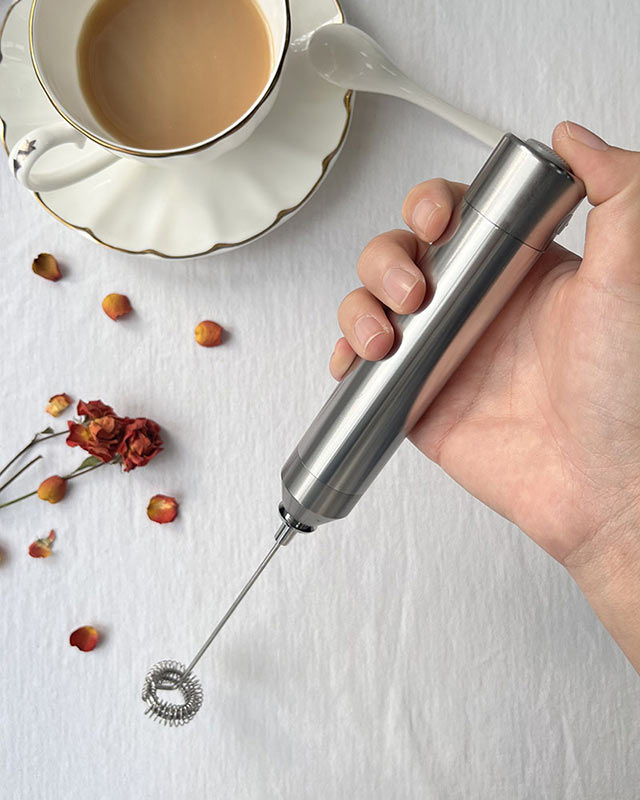Comparing the Mini Mixer to similar products involves assessing its performance and features relative to its competitors. Here are some factors to consider:
Power and Motor Strength: The power and motor strength of the Mini Mixer are critical factors in its performance. For example, a mixer with a motor power of 300 watts may be adequate for simple tasks like mixing batter or pureeing soft fruits, but higher power, such as 500 watts or more, is necessary for tougher tasks like crushing ice or blending fibrous vegetables. The torque, which refers to the rotational force of the motor, determines the mixer's ability to handle heavy loads without stalling. The RPM (revolutions per minute) indicates how quickly the blades spin, affecting the smoothness and speed of the blending process. A higher RPM can result in finer blends and quicker operation, making it more efficient for various culinary tasks.
Versatility: Versatility in a Mini Mixer is defined by its range of functionalities and adaptability to different tasks. This includes having multiple speed settings that allow for precise control over the blending process, catering to delicate tasks like whipping cream or more intensive jobs like grinding nuts. Preset programs tailored for specific tasks (e.g., smoothie, soup, or ice crush modes) can simplify usage, providing positive results with the push of a button. The availability of various attachments, such as dough hooks, whisk attachments, or mini chopper bowls, expands the mixer's utility, transforming it from a simple blender into a multifunctional kitchen appliance.
Size and Capacity: The size and capacity of the Mini Mixer impact its practicality and convenience. A compact design with a small footprint is beneficial for kitchens with limited counter space, yet it should not compromise on the capacity required for typical blending needs. For instance, a 20-ounce blending container might be suitable for single servings or small batches, while a larger 40-ounce jar could be more appropriate for families or batch cooking. Additionally, the design should allow for easy storage, perhaps featuring cord management systems or stackable components that minimize space requirements.
Ease of Cleaning: The ease of cleaning the Mini Mixer is essential for user convenience and maintaining hygiene. Features like detachable blades and dishwasher-safe components reduce the time and effort required for cleaning. Smooth, seamless surfaces prevent food particles from getting trapped, while designs that allow for easy disassembly make it simple to reach all areas of the mixer. Self-cleaning functions, where you can add water and a drop of detergent and run the mixer, can be a significant time-saver for quick cleanups between uses.
Noise Level: The noise level of the Mini Mixer is an important consideration, especially in domestic environments. Noise levels are measured in decibels (dB), with quieter models typically ranging between 60-70 dB during operation. Engineering solutions such as motor insulation, sound dampening materials, and vibration reduction technologies can significantly reduce operational noise. A quieter mixer is more pleasant to use, particularly if it will be operated in a household with children, pets, or during early morning or late evening hours.
Milk Frother, Milk Foamer, Coffee Mixer, Mini Mixer, Stirrer, Whisk EP-568B-5




 English
English
 Français
Français
 Español
Español
 Deutsch
Deutsch
 日本語
日本語





























